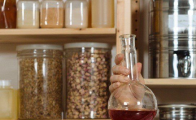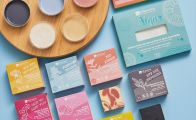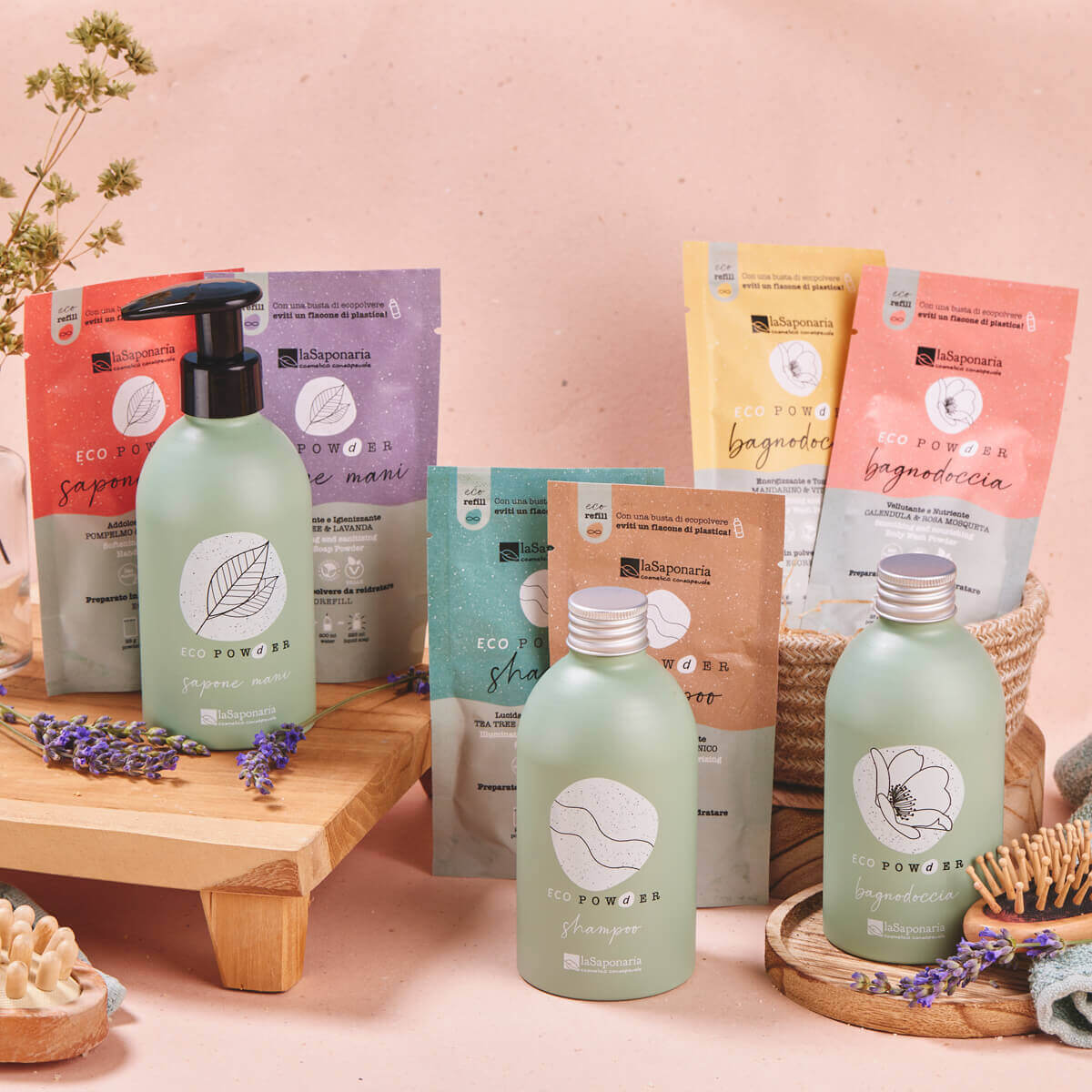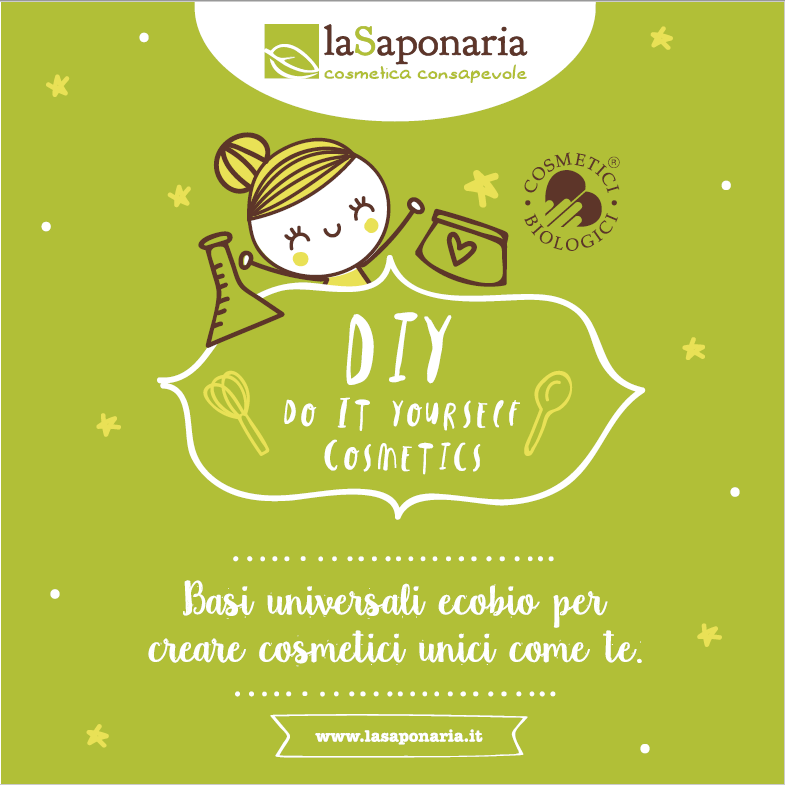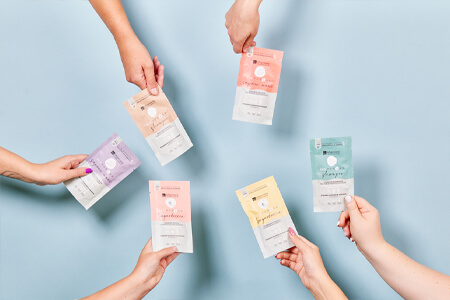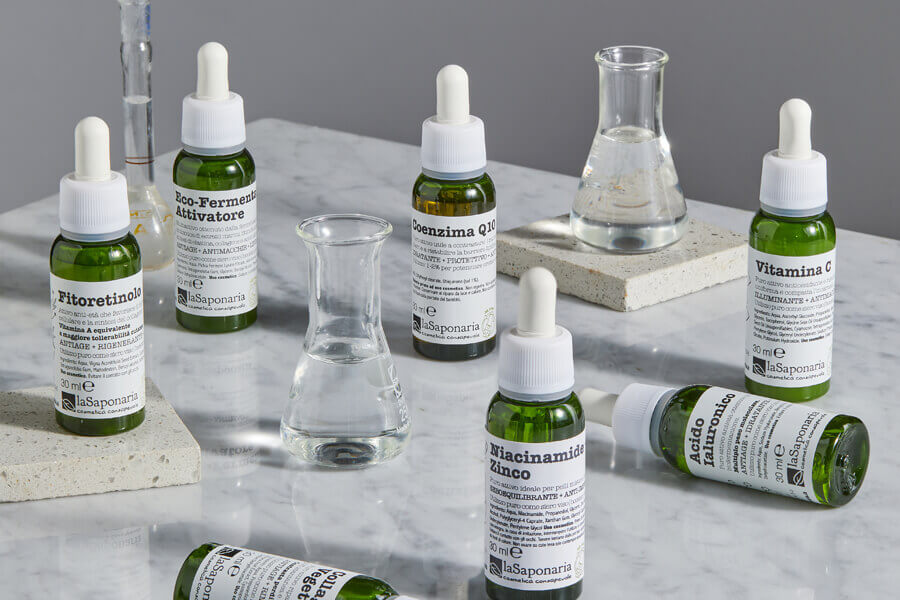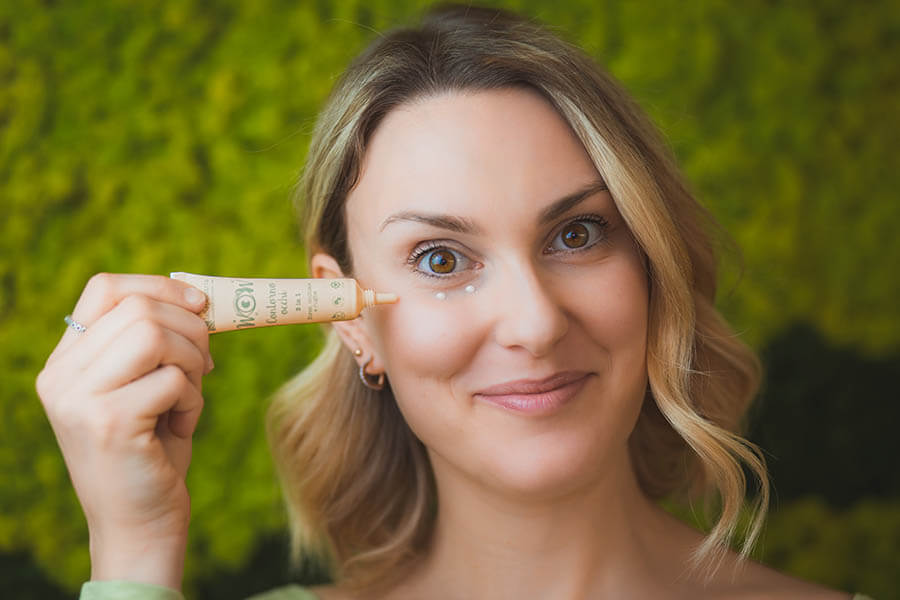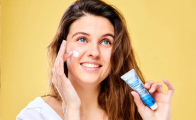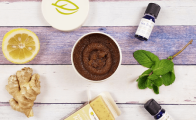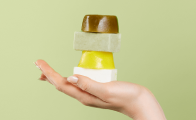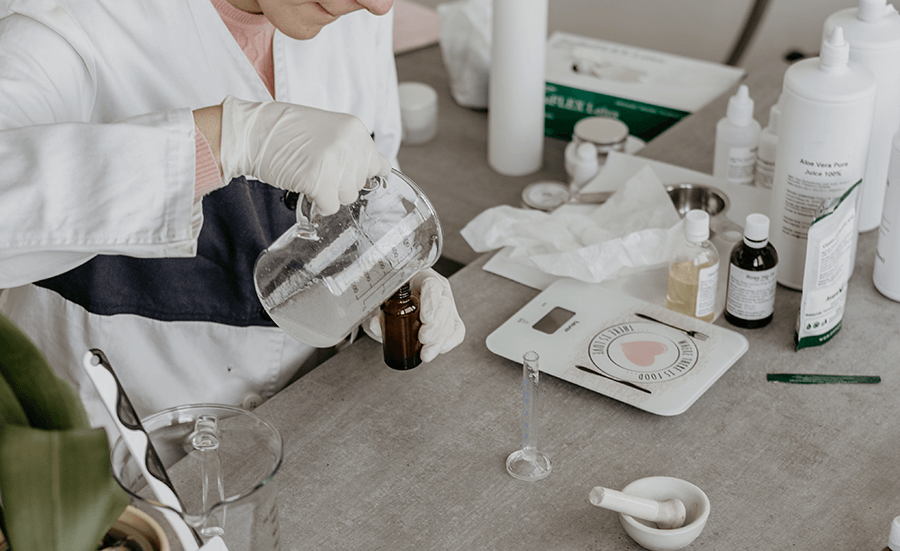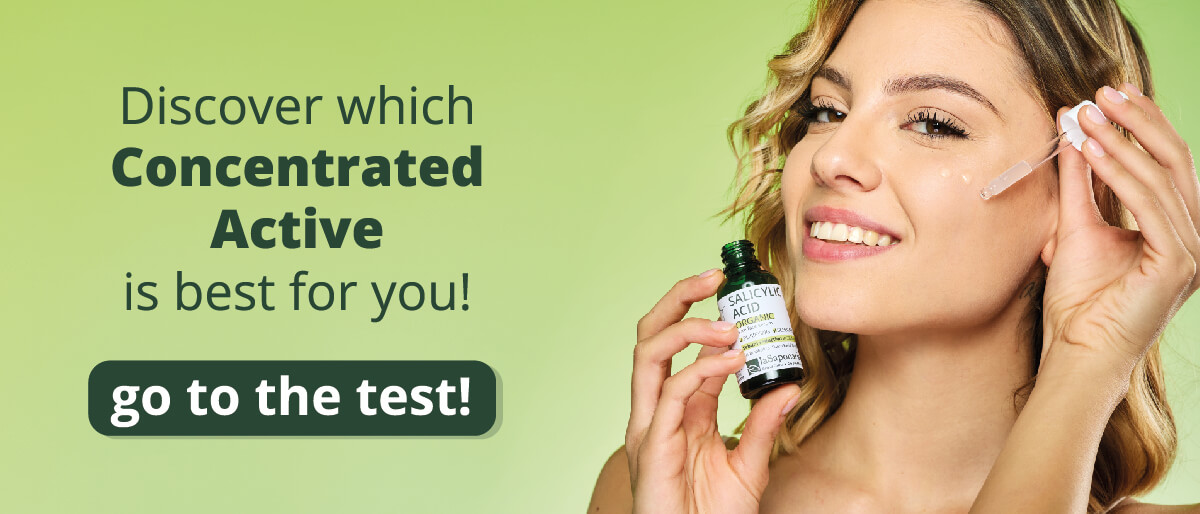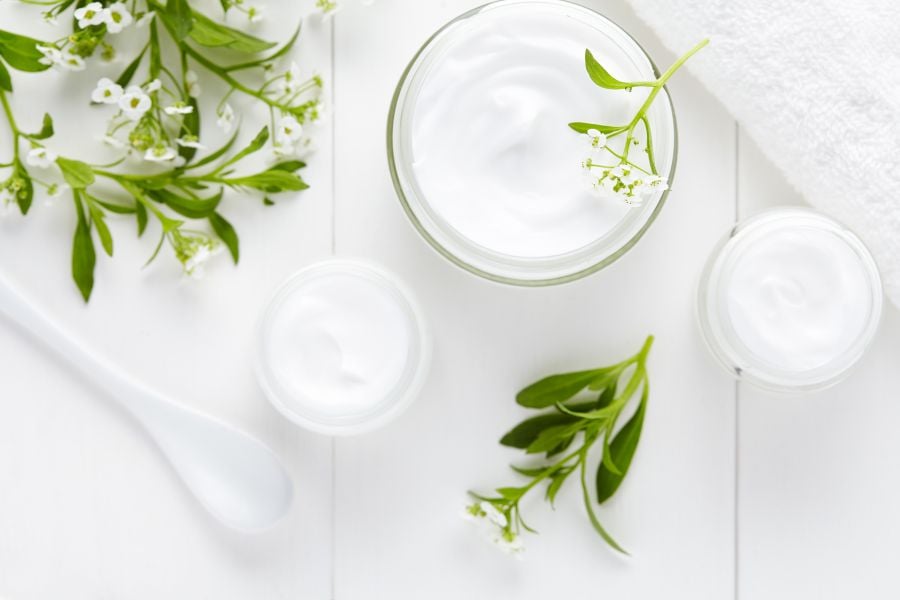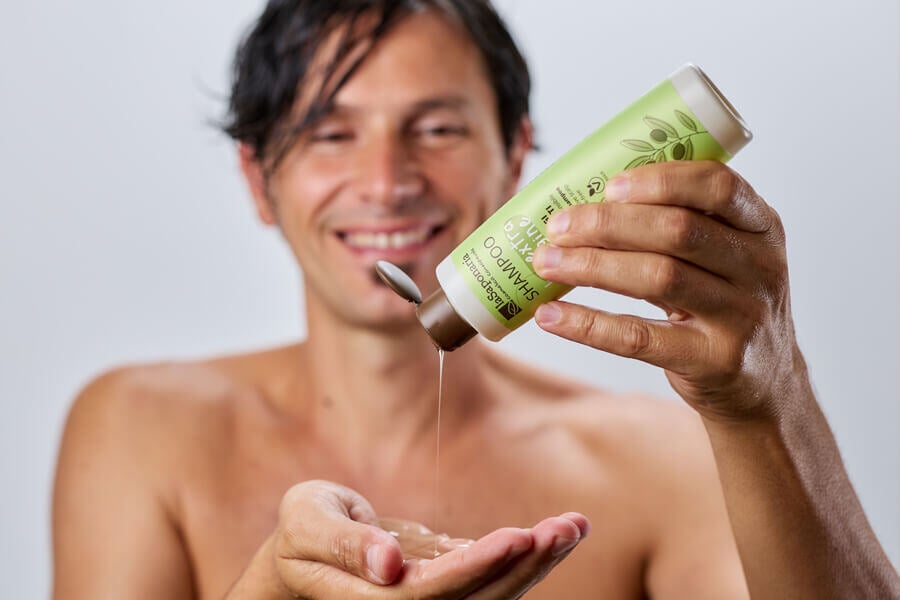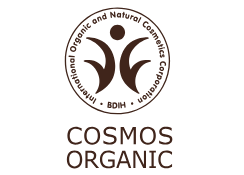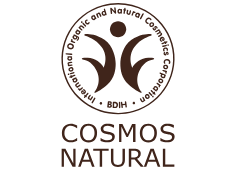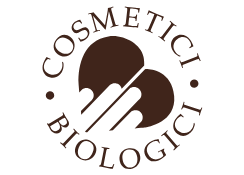The insights of La Saponaria
Hyaluronic acid: what it is, what it is used for and how to use it
Hyaluronic Acid is one of the molecules that is a natural component of our skin, with the ability to maintain the shape and resistance of our connective tissue.
With the passage of time, however, its regeneration inevitably becomes slower, and this leads to the formation of visible wrinkles and blemishes on the skin. This is why hyaluronic acid is widely used in cosmetics.
Thanks to its many properties, hyaluronic acid is used not only in cosmetics, but also in medicine. So let's find out exactly what hyaluronic acid is, what its properties and benefits are, and how to use it.
Here’s what you’ll find in this article:
• What is hyaluronic acid?
• Skin anatomy and hyaluronic acid
• Properties and benefits of hyaluronic acid
• High, medium or low molecular weight hyaluronic acid: what does it mean?
• How to recognise hyaluronic acid in cosmetics and how to use it
• Hyaluronic acid: a perfect serum for summer even under sun cream
• Why the percentage of pure hyaluronic acid must be 1%
• Is hyaluronic acid in cosmetics of animal or plant origin?
• At what age should hyaluronic acid be used?
• How to include hyaluronic acid in your daily beauty routine
- Anti-ageing beauty routine for mature skin
- Anti-ageing beauty routine for combination/oily skin
- Anti-ageing beauty routine for dry/sensitive skin
• Contraindications of hyaluronic acid
• Conclusions
What is hyaluronic acid?
Chemically, hyaluronic acid is an aggregation of several simple sugar molecules, such as glycuronic acid and N-acetylglucosamine. Physiologically, hyaluronic acid is found freely beneath the surface of the skin, and by stimulating the production of collagen and the regeneration of connective tissue, it keeps skin supple, plumped and hydrated, also because it is able to store a large amount of water.
As time passes, however, its regeneration becomes slower: this is one of the reasons that leads to the formation of the dreaded wrinkles.
The appearance of wrinkles can be linked to the weakening of the dense network of hyaluronic acid typical of youth; after the age of 40, the hyaluronic acid network weakens due to a slowdown in the endogenous production of the molecule.
This is where the valuable properties of hyaluronic acid as a cosmetic ingredient come to our aid.
Hyaluronic acid can be used pure, applied directly to the skin, or we can find it in creams and serums. It is a much sought-after ingredient for its visible and long-lasting effects. To fully understand how it works and what benefits it brings to our skin, let's take a step back and explain what it’s composed of.
Skin anatomy and hyaluronic acid
The skin is made up of different layers, with different structures and functions. In general, the skin's main function is to protect us from external agents such as bacteria and to maintain our thermal balance through the sweat glands present all over the surface of our body.
Starting from the outside, we have:
- the epidermis
- the derma, or dermis
- the subcutaneous layer
The epidermis in turn consists of several layers, each of which contains cells called keratinocytes; these differentiate from the inside outwards, reaching maturity and ultimately death (which causes the natural peeling of the skin).
This first part is the most difficult for any active ingredient in cosmetics to get past, because it is made up of cells bound tightly to each other, and because it has no blood capillaries.
However, smaller molecules of hyaluronic acid, i.e. those with low molecular weight, can cross this barrier more easily than high molecular weight ones and perform their action more effectively.
The dermis is the layer of connective tissue directly underneath the epidermis; here we find nerve endings, blood capillaries, hair bulbs and sebaceous glands.
Hyaluronic acid is contained in the dermis and is synthesised by fibroblasts, the main cells in this layer of the skin.
Finally, the subcutaneous tissue acts as a link between the epidermis and the rest of the body underneath, consisting essentially of adipose tissue.
Properties and benefits of hyaluronic acid
Hyaluronic acid is known for its moisturising properties, which for the skin means a greater ability to retain water and thus appear firmer and more toned.
For this reason, hyaluronic acid is a choice component in anti-ageing products such as creams and serums, for its ability to restore elasticity and firmness to the skin.
The hyaluronic acid in our bodies also protects us against viruses and bacteria.
In addition, it has healing, anti-inflammatory and regenerative properties for the tissues, which is why it can also be used in medicine to treat various diseases, in particular arthrosis: hyaluronic acid is contained in the synovial fluid of the joints, the production of which by the body decreases with age.

High, medium or low molecular weight hyaluronic acid: what does it mean?
In chemical terms, we can distinguish different types of hyaluronic acid. These vary according to molecular weight, which thus defines the size of the molecule.
As we saw above, the skin ageing process causes visible signs such as wrinkles and blemishes, which is why the cosmetic use of hyaluronic acid is important, either pure or contained in creams and serums. So, let’s see what characteristics it must have in order to be effective.
With regard to classifying hyaluronic acid by molecular weight, there are three different types:
- high molecular weight, ranging from 1800 to 3000 kDa (kilodaltons). Its size does not allow it to pass through the skin, but allows the molecule to act on the surface, performing a moisturising and film-forming action, and preventing the water naturally present on the skin from evaporating.
- medium molecular weight, ranging in size from 1000 to 1800 kDa. This type is more easily absorbed, and although it does not have the ability to reach the deeper layers, it does allow water to pass through in order to maintain optimal hydration.
- low and very low molecular weight, ranging in size between 10 and 1000 kDa (low) and between 3 and 8 kDa (very low). These types are the most valuable for our skin, because thanks to their small size, the hyaluronic acid molecules are able to reach the deepest layers, filling out and nourishing the natural network already present.
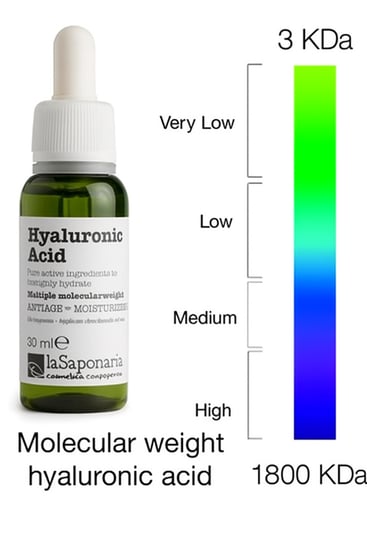
Several studies have been conducted on the effectiveness of prolonged (at least 60 days) and constant hyaluronic acid treatments.
The results showed that high molecular weight hyaluronic acid has a strong shielding action and a visible tensor effect, meaning that it blocks the loss of water from the skin surface, ensuring that the skin remains moisturised and smooth, without flaking. This property of hyaluronic acid is particularly useful for dry facial skin and dehydrated body skin.
Medium molecular weight hyaluronic acid retains water in the surface layers of the skin, helping to maintain normal moisture levels.
Low molecular weight hyaluronic acid penetrates more deeply, nourishing the deeper layers of the skin, for an authentic tightening effect.
The skin thus appears smoother, firmer and plumper, combating wrinkles and minor sagging, for a smoothing effect and a reduction in the depth of visible wrinkles. It also stimulates collagen production, providing support to the skin and boosting firmness.
As we have seen, these molecular weights may perform different actions, but they are all necessary, acting in synergy with one another.
This is why the best, and most effective hyaluronic acid solution is usually a mix of different molecular weights, to ensure that all the skin’s needs are perfectly catered for, making optimal use of all the plumping, filling and moisturising properties of this precious ingredient.
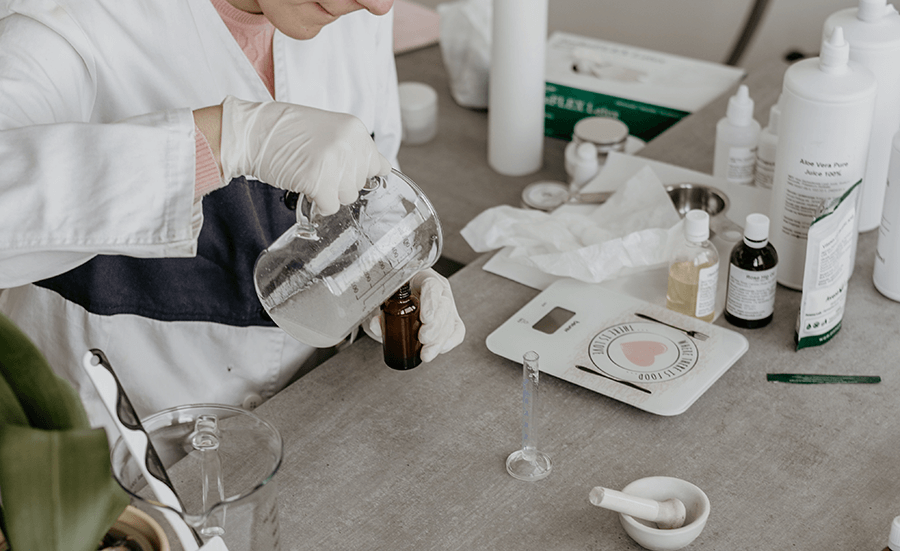
How to recognise hyaluronic acid in cosmetics and how to use it
Hyaluronic acid is an ingredient that can easily be recognised on the INCI list of cosmetic products. It is indicated with sodium hyaluronate, corresponding to the sodium salt of hyaluronic acid, used in this form because it is very effective and more stable in the composition of cosmetics.
Less frequently, we may find hyaluronic acid under the name of hyaluronic acid.
In any case, hyaluronic acid is added to cosmetic formulas in concentrations of between 0.1 and 1%. Concentrations close to or equal to 1% hyaluronic acid at different molecular weights will obviously make the cosmetic (or the pure raw material) more effective.
However, from the INCI list it is not possible to distinguish the presence of a single molecular weight or of different molecular weights used together; this information is under the responsability of the manufacturer's label declaration.
We can find hyaluronic acid in different formulations for the face, from simple moisturising day or night creams for preventing and treating signs of ageing, tinted creams such as BB creams to give the face even colour, radiance and an immediate firming effect (all in one product!), in the face serums with the same anti-ageing and plumping action or in the specific eye and lip contour serums, and also in body creams designed to prevent skin dehydration and slow down skin ageing and sagging.
It is also possible to find powdered hyaluronic acid on the market, but in this case it will have a singular molecular weight, or in any case a narrow range among the three described above. The powder can be used by preparing a solution in water at a concentration of around 1%: the higher the molecular weight, the higher the viscosity of the resulting mixture will be.
In addition to powder, it is possible to find much more convenient and effective ready-to-use pure hyaluronic acid solutions on the market.
A hyaluronic acid solution can be either used pure on the skin of the face as an anti-ageing serum, lip contour and repair treatment for small scars, or added to your face cream to enrich it and enhance its effects, even in DIY recipes.
A hyaluronic acid solution can also be used on the skin of the body, thanks to its properties, to reduce the depth of scars and stretch marks and to maintain the skin's moisture and elasticity.
Finally, it can be used as an active ingredient to add to DIY, home-made recipes, such as the one for an excellent anti-ageing face cream you can find in the do-it-yourself recipes section on our website.

Hyaluronic acid: a perfect serum for summer even under sun cream
Thanks to its properties, pure hyaluronic acid is also a perfect product in the summertime, used as a serum under either normal face cream or sunscreen when you’re heading to the beach, as it helps prevent wrinkles and dehydration, significantly helping to counteract skin ageing caused by UV rays.
Despite what the name suggests, hyaluronic acid is not actually an acid, but a salt dissolved in water (sodium hyaluronate): its particular structure enables it to bind and retain numerous water molecules, thus helping keep skin hydrated and supple, attenuating wrinkles and combating the signs of ageing.
Why the percentage of pure hyaluronic acid must be 1%
We have said that pure hyaluronic acid can be applied directly onto the skin as if it were a serum. In this case, the percentage of hyaluronic acid must be in a 1% solution. This is because 100 per cent pure hyaluronic acid is a powder, and we wouldn’t be able to spread it on our face, so it has to be diluted.
But why can't we dilute it maintaining a higher percentage? A higher percentage would make the product extremely viscous and difficult to use pure on the face: it would be like glue, and would form an actual film on the skin. This would not only make it difficult to absorb, but would also be a disadvantage for all the subsequent steps in our beauty routine!
Remember that a correct beauty routine consists of several steps, ranging from cleansing the face to the application of a tonic, a serum and then a face cream. It is a great idea to use pure hyaluronic acid instead of serum for its powerful anti-ageing action, but we must then remember to use a face cream to complete the correct care of our skin.
Is the hyaluronic acid in cosmetics of animal or plant origin?
Hyaluronic acid is one of the main components of connective tissue, and is found in various tissues in our body, not only the skin. It is one of the basic components of cartilage, tendons, the umbilical cord and the eye (vitreous humour).
The hyaluronic acid used in cosmetics (as well as in the medical field) can be of animal or plant origin.
Until fairly recently, the hyaluronic acid used in cosmetics and elsewhere was of exclusively animal origin, and was mainly extracted from cockscombs or pig cartilage.
Today, hyaluronic acid of animal origin is joined by hyaluronic acid extracted from particular bacteria and obtained by biofermentation of these bacteria on a plant substrate: this is the type of hyaluronic acid we use at La Saponaria.
Modern production techniques, which have been developed over the last 10 years or so, enable the synthesis of different types of hyaluronic acid, with different characteristics and fields of application.
So, our hyaluronic acid is of 100% plant origin, obtained by bacterial fermentation, a biotechnological process that consists of the fermentation of particular yeasts that produce it spontaneously.
At what age should hyaluronic acid be used?
Although it is often believed that hyaluronic acid is only suitable for mature skin, nothing could actually be further from the truth.
Creams containing hyaluronic acid can be used even on younger skin: anti-ageing routines are recommended as early as from the age of 25, because the skin is already starting to lose some elasticity.
Hyaluronic acid is therefore suitable for all skin types, not just mature or dehydrated skin.
On mature skin, it is best combined with other regenerating and antioxidant ingredients, such as pomegranate.
How to include hyaluronic acid in your daily beauty routine
Follow our advice to find out how to incorporate pure hyaluronic acid into your daily beauty routine, by adopting simple but effective habits to keep skin looking its best always!
Below are the specific steps and products for the bio-routine of each skin type:
Anti-ageing beauty routine for mature skin
Here's how to include hyaluronic acid in your anti-ageing beauty routine for mature skin:
- Step 1 – Mirtilla Cleansing Mousse, because a good routine always starts with good cleansing!
- Step 2 - Pomegranate Active Water, an anti-ageing and relaxing tonic
- Step 3 - 2 drops of pure Hyaluronic Acid
- Step 4 - No-age Pomegranate Face Cream
For an intensive treatment , use our Anti-ageing Tissue Mask once a week, alternating it with the Forever Young Face Mask
Anti-ageing beauty routine for combination/oily skin
Here is the perfect anti-ageing beauty routine for combination and oily skin, with the inclusion of hyaluronic acid:
- Step 1 - Purifying facial cleansing gel Deep Pure, ideal for combination or oily skin
- Step 2 - Lemon Balm Active Water, with a sebum-regulating action
- Step 3 - Bioactive Anti-imperfection Serum + 1/2 drops of Hyaluronic Acid
- Step 4 - Lemon Balm Moisturising Face Cream, ideal for combination skin
Anti-ageing beauty routine for dry/sensitive skin
Here's how to use hyaluronic acid in the beauty routine for dry and sensitive skin:
- Step 1 - No Stress Solid Cleanser, ideal for dry and sensitive skin
- Step 2 - Organic rose hydrolate, ideal for mature or dry skin
- Step 3 - pure Hyaluronic Acid
- Step 4 - Mirtilla Nourishing and Smoothing Face Cream
As an intensive treatment, you can use our 2-Step Mask once a week after cleansing, alternating with the Forever Young anti-aging face mask. illuminating and velvety.
To learn more about anti-ageing routines and how best to use Hyaluronic Acid together with other products, you can also read the article Anti-ageing facial beauty routine: how to use Pure Actives.
Contraindications of hyaluronic acid
Hyaluronic acid is a safe molecule produced by our own bodies, so it has no particular contraindications. It is safe to use in most cases and only rarely causes problems, such as in cases of hypersensitivity.
However, side effects of hyaluronic acid may appear depending on the method of administration.
With the topical use of products such as creams and serums for the face, it is possible in specific cases for minor irritations to occur; these tend to resolve on their own.
More serious side effects, such as allergic reactions, may occur when undergoing injections, especially if non-pure hyaluronic acid is used.
Conclusions
In this article, we have explained what hyaluronic acid is, its properties and benefits, its uses and how to include it in your daily beauty routine. If you are thinking of starting to use it for your skin care, we recommend buying from companies that produce pure hyaluronic acid in a sustainable manner.
Our choices define us: that is why here at La Saponaria we are doing enormous work on packaging (find out more here)! We decided to eliminate normal plastic from all our packaging, which we are progressively doing on all our products, so we use glass jars, recycled aluminium , 100% biodegradable cardboard and bioplastic, a plastic derived from sugar cane. A really interesting new material that’s become part of the family is this wonderful post-consumer recycled plastic, obtained from used plastic waste.
What not everyone knows is that normal recycled plastic comes from industrial waste, but is effectively new, because it has never been used. This is why post-consumer recycled plastic has an additional value in comparison with normal recycled plastic: not only does it not involve the creation of new material, but it brings new life to materials that have already been used, preventing them from ending up in the sea or in landfills.
The re-bottle plastic container we use for our Hyaluronic Acid is also equipped with a UV filter, to maintain maximum effectiveness of the product contained inside.
Discover our hyaluronic acid and the entire range of anti-ageing pure actives!

Written by Simona
She is La Saponaria’s digital writer: always juggling a newsletter to send and a blog article to publish, she lovingly takes care of our social media channels and our e-commerce.



